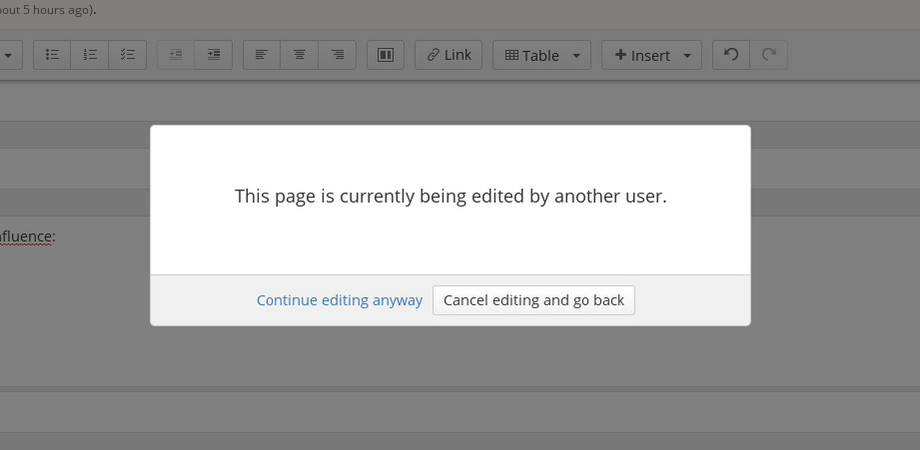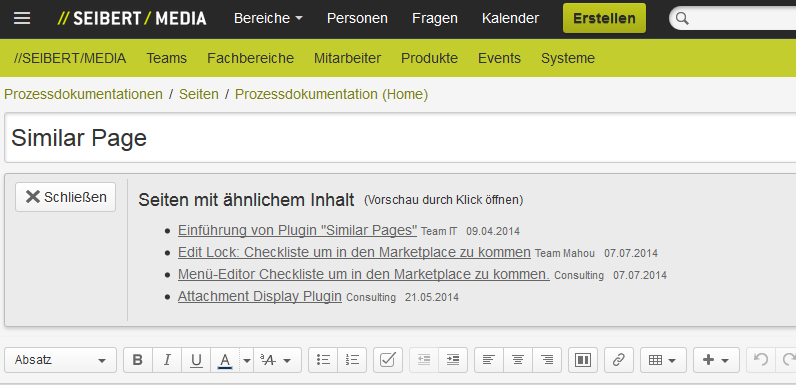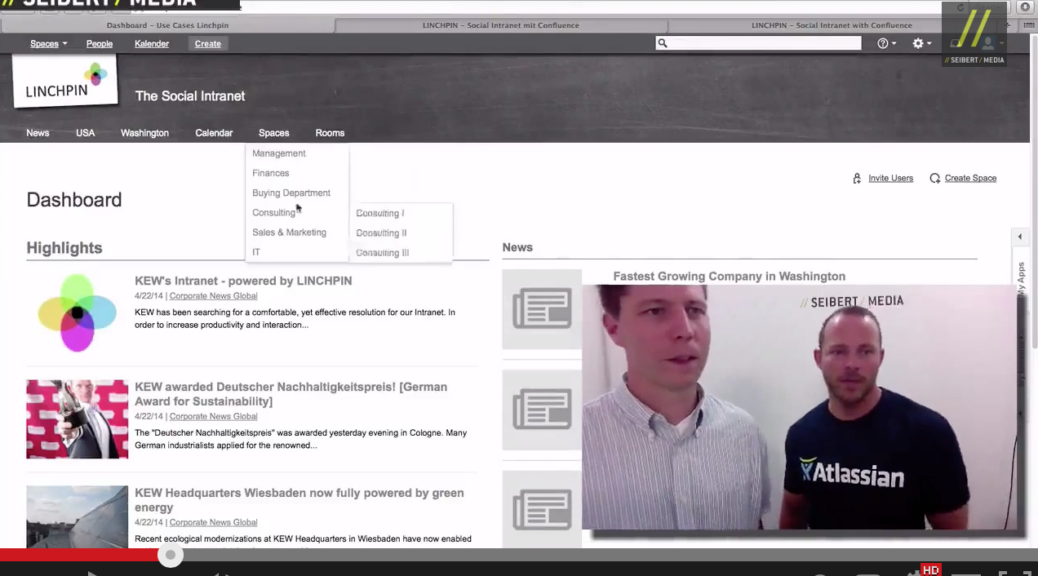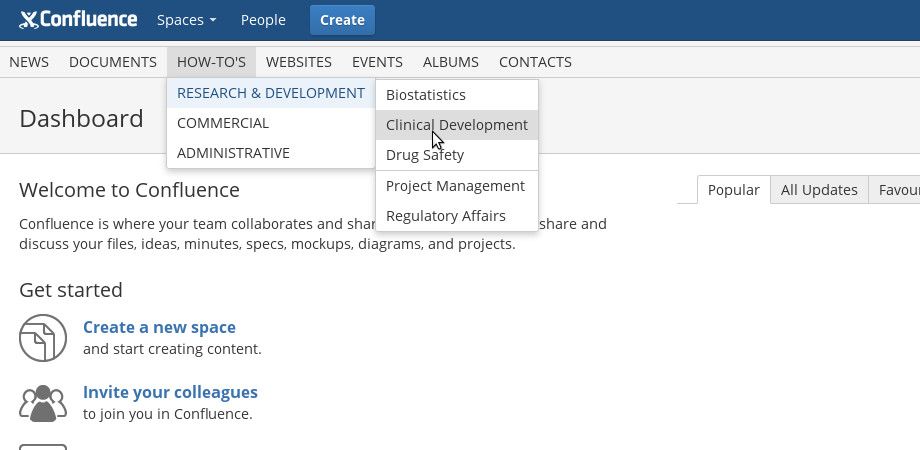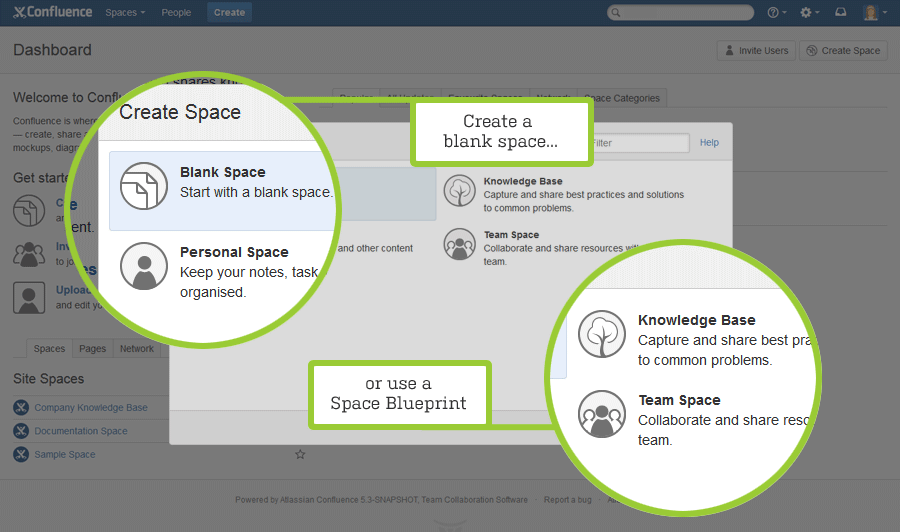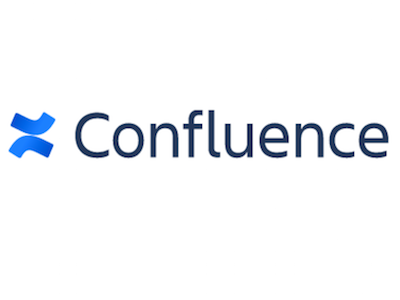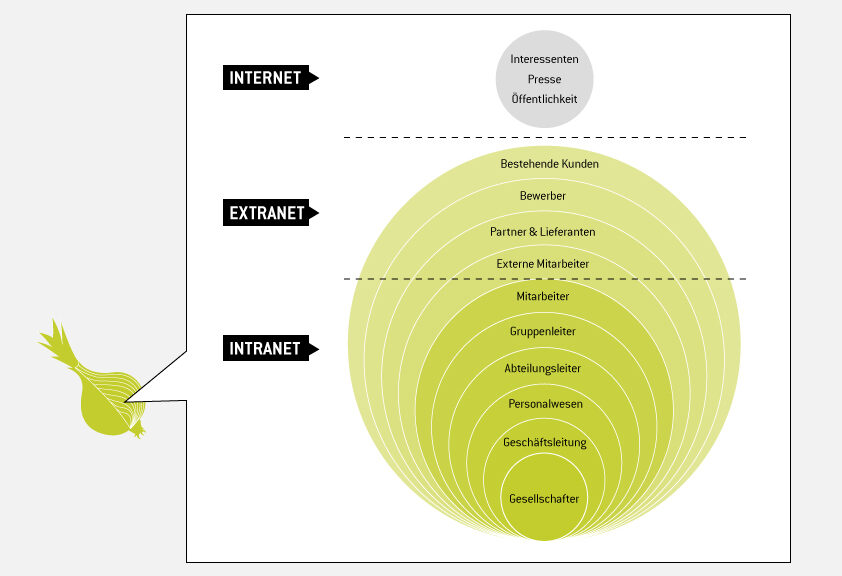If two users (accidentally) edit the same Confluence document at the same time, data may be lost in some circumstances. Conflicts arise, the changes made by the users are not correctly merged, entries are lost and must be redone. The Edit Lock Confluence plugin developed by //SEIBERT/MEDIA ensures better protection and less confusion by displaying a more visible and interactive warning.
Edit Lock for Confluence: better protection against simultaneous editing of Confluence pages
